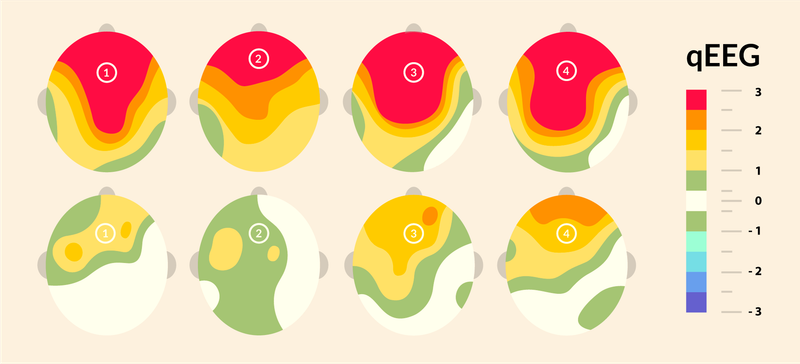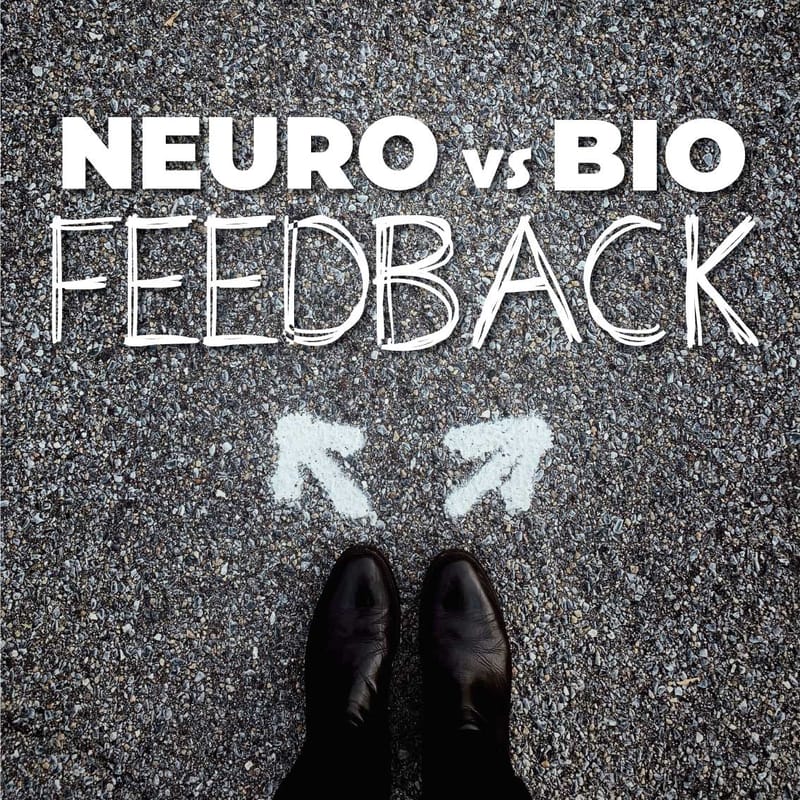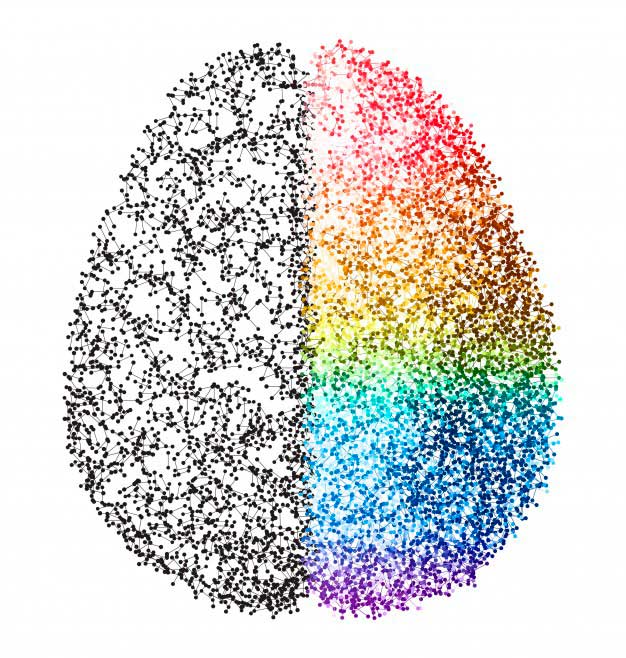Learn More
When you first heard of the term neurofeedback, what did you think? You might have furrowed your eyebrows in confusion and wondered: ‘What is that?' And I get it. It might seem intimidating, especially when you don’t know much about it. But trust me, the more you read on the subject and the more you find out about neurofeedback, the more you will love it. So with that in mind, I’d like to tell you more about neurofeedback and how it works. But first, let’s see what it is.
Read MoreAnxiety is one of those things that slowly took over our lives. It’s everywhere and everyone is experiencing it. Including children, unfortunately. And even studies can prove this: only in the United States anxiety disorders affect over 40 million people. And we have to consider that a lot of cases go undiagnosed.
Read MoreAn adult with ADHD might have difficulties in their professional life or in maintaining healthy relationships and may develop anxiety or depression as a side effect of their condition. Read further to discover why NeurOptimal® neurofeedback could be a supportive tool for improving mental wellness and managing the symptoms of ADHD in both children and adults.
Read MoreUnderstanding whether a brain map is required before starting neurofeedback is the key subject matter of this aricle.
Read MoreFood is the fuel for our entire body and its functions, including our brain. Brain health and nutrition interact a lot more than you may expect. For that reason, when it comes to targeting our brain function while treating certain mental health conditions, we always have to consider how our diet comes into play.
Read MoreEvery day, people all around the world battle health issues that feel “unhealable” because traditional medicine keeps failing them time and time again. From mental health issues such as anxiety to physical discomfort such as chronic tinnitus causes millions of people, everything has a solution if you give your brain the necessary help to heal. That is precisely why using neurofeedback for tinnitus is so effective.
Read MoreWhen we feel fully present and grounded, we can show up in the best way for ourselves and others. We make not only much better conversationalists, but also better students, employees, parents, and partners.
Read MoreThe beginning of the year is a chance to reaffirm the commitments we made to ourselves. Most of our resolutions are not necessarily about following through with rigid tasks, but rather about improving some aspects of our lives and making healthier decisions in the year to come. Many people use them as opportunities to start eating better or to improve their physical shape. Others take on book challenges and classes, aiming to refine their skills or learn new ones. And some of us decide to get more creative and develop our artistic side.
Read MoreFind out how neurofeedback supports your recovery from the damaging effects of a car crash and helps you find mental and emotional balance.
Read MoreMany people ask what brought me to becoming a neurofeedback practitioner. I can happily tell you my twisted story and how neurofeedback completely changed my life.
Read MoreWhen it comes to health and wellness modalities, there can be a lot of confusion in the terminology. The same is true of the terms “biofeedback” and “neurofeedback.” Of the two terms, more people are familiar with biofeedback than with neurofeedback. Some people say to me, “I have heard of biofeedback, but not neurofeedback. What is the difference?”
Read MoreThere are many different types of neurofeedback systems: LENS, EEG, NeurOptimal®. As brain science and technology evolve, so do the neurofeedback offerings. Here is my personal journey on discovering their features, benefits and limitations.
Read More













